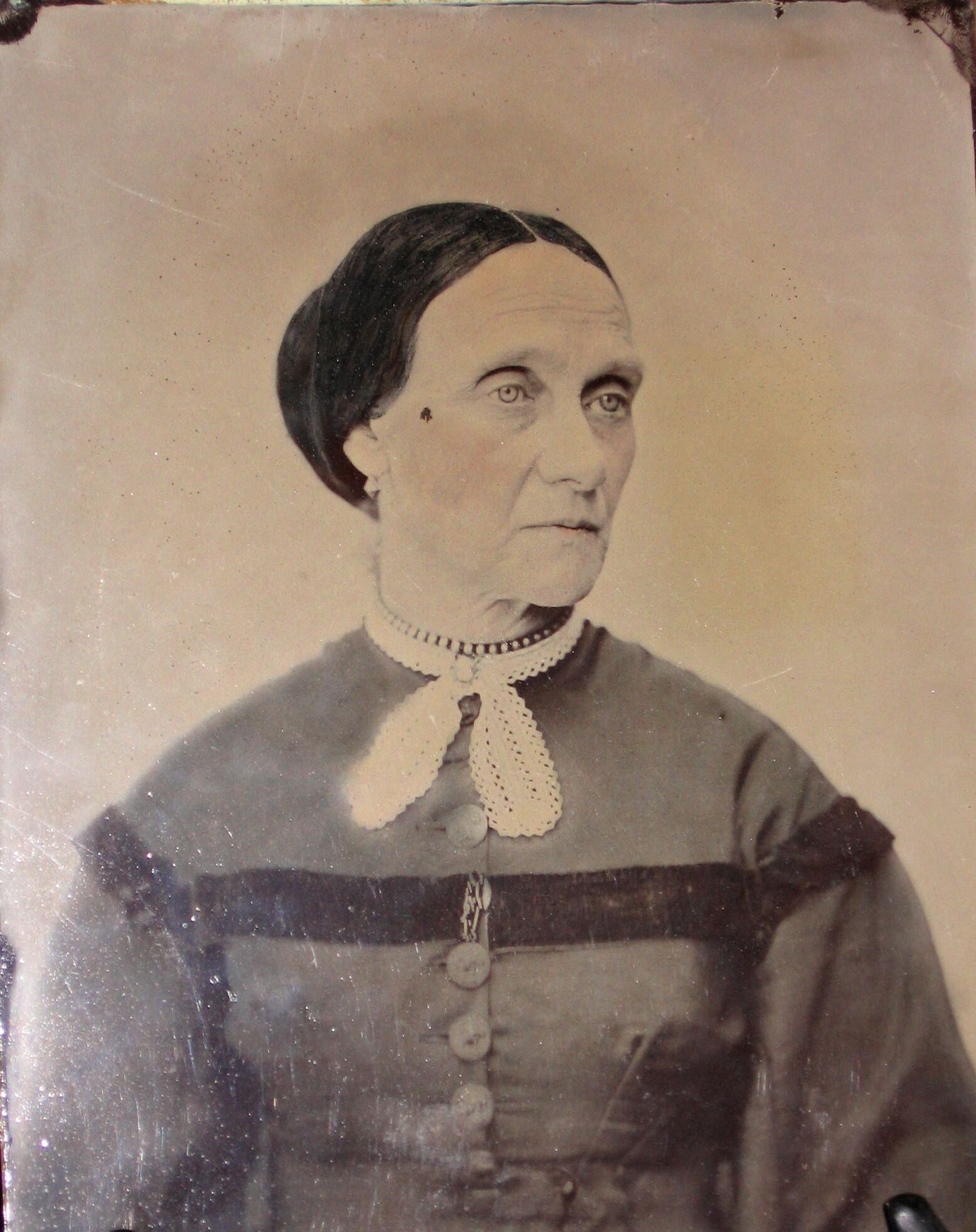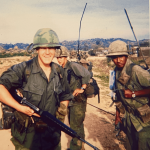If you want to have something appraised, bring it to me at the Victorian Week Antiques and Crafts show this Saturday, Oct. 11, between noon and 3 p.m. on the grounds of the Physick Estate on Washington Street in Cape May.
I’ll also be signing copies of my book, which, by the way, the Maine Antique Digest says “would make a great gift.” So you can do a little Christmas shopping while you’re there.
While you’re at the show, or the next time you’re browsing the antique shops, keep an eye open for old photographs. They are wonderful snapshots into the past 150 years.
Modern photography actually begins with Louis Jacques Mande Daguerre, a commercial artist and illusionist, whose partnership with Joseph Niepce in the 1840s resulted in the Daguerreotype.
Daguerreotypes required copper, silver and mercury, making them quite expensive. In 1854, James Ambrose invented the Ambrotype, which produced an image on glass.
It was not as expensive to make, but always required a case, and easily faded. You know you have an Ambrotype, if you have to wiggle the photo to make out what’s there.
The tintype was the first truly democratic photo process. Patented in 1856 by Adolph Alexandre Martin, the tintype only required a piece of sheet iron and some varnish. It required no dry time and no negative, and it could easily be cut to fit a frame.
Yes, tintypes were not made of tin, but iron, and their technical name is ferrotypes. The iron sheet was called a tin plate because photographer cut it with tin shears.
And these photography studios shot up everywhere–on the streets, amusement park and state fairs.
Most tintypes measured 2-1/2” x 3-1/2”, but some could be cut to the size of a postage stamp. These were called “Little Gems,” and were used for lockets and mourning jewelry photos.
Deathbed photos, called “Post-Mortems,” were also popular in tintypes, and could be arranged for by the local undertaker.
Tintypes had their drawbacks. Since there was no negative, no copies could be made.
Also, images were in reverse, like in a mirror, which sometimes caused confusion. For a long time it was thought that Billy the Kid was left-handed because of how he was pictured holding his gun in a tintype.
Carte de Visite photos changed all that around 1849. Produced on thin card stock (thicker after 1870), they used a negative, so many copies could be, and often were produced.
During the Civil War, photographers set up right near the battlegrounds so soldiers could have their pictures taken and copies sent to relatives. Cartes de Visite taken between 1864-1866 will have a tax stamp.
Appraisals: Daguerreotypes: Portrait, fashionable gentleman, hinged case, gilt frame, marked “John Mayall Regent Street, London, $100; Portrait, little girl, green felt frame, $35; Portrait, lady with bottle-curl hair, tinted, fashion frame, $140. Tintypes: Portrait, post-mortem, child, $325; Portrait, Confederate soldier, case, $315; Portrait, man and bull dog, red velvet and gilt brass frame, $200; Portrait, African-American woman, $180.
Also: Ambrotype: Portrait, mother and daughter, case, $25. Carte de Visite: Portrait, Charles Darwin , $150; Portrait, Union Commander Abner Reed, $125; Portrait, Union soldier, $90; Portrait, black woman, $45. Family Albums: Average prices: Tintypes, $250-300; Carte de Visites, $200, depending on number of photos and the quality and condition of the album.
Arthur Schwerdt, a certified appraiser, is author of “The Antique Story Book: Finding the Real Value of Old Things,” and co-owner of The August Farmhouse Antiques on Route 9 in Swainton. Send your comments or appraisal questions (with photo) to aschwerdt@cmcherald.com.
West Wildwood – I see Sweden has cancelled the proposed windmills off their shores. This follows the overwhelming majority of fellow West Wildwood residents who have denounced the plan to place windmills along the…








